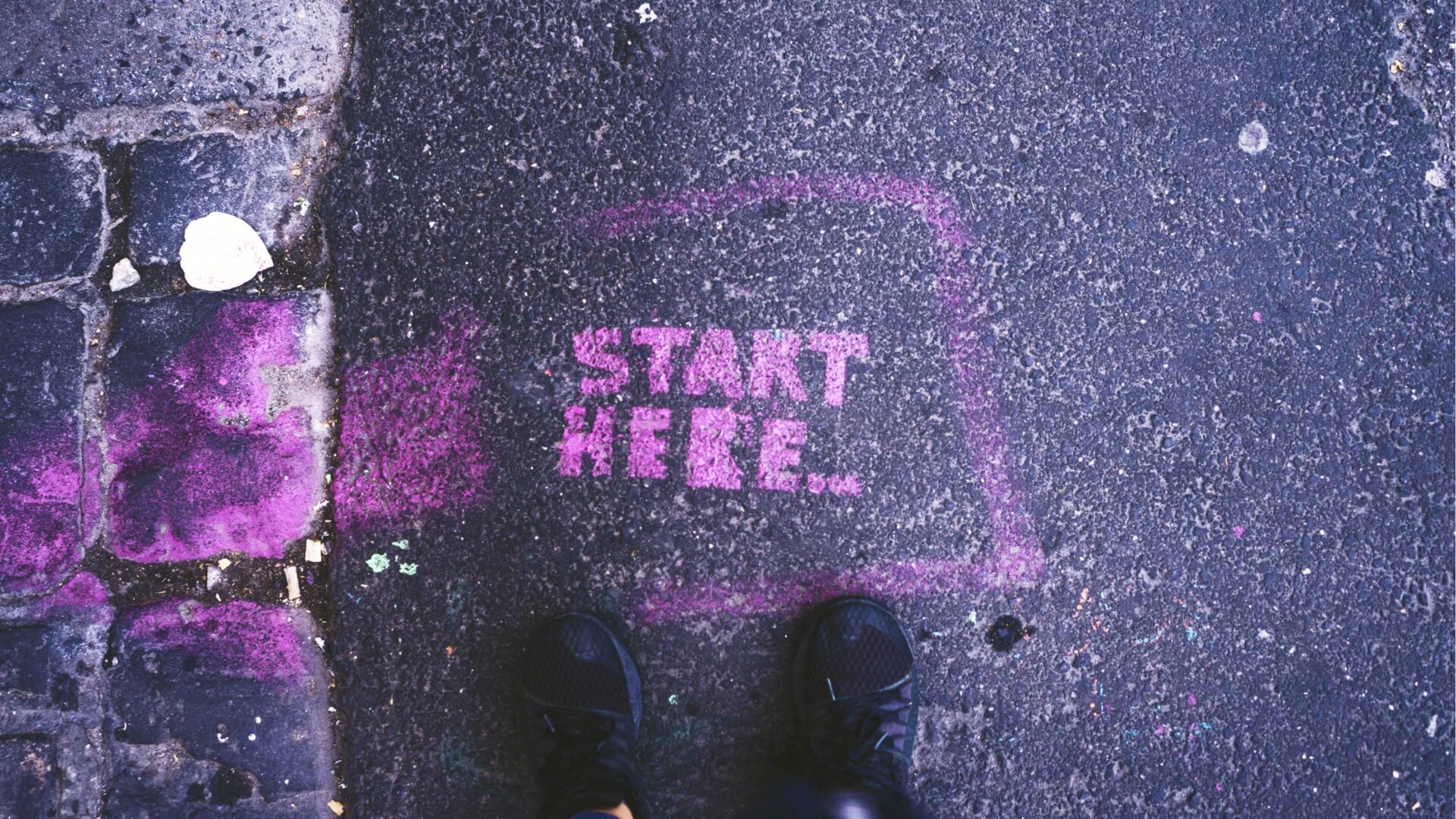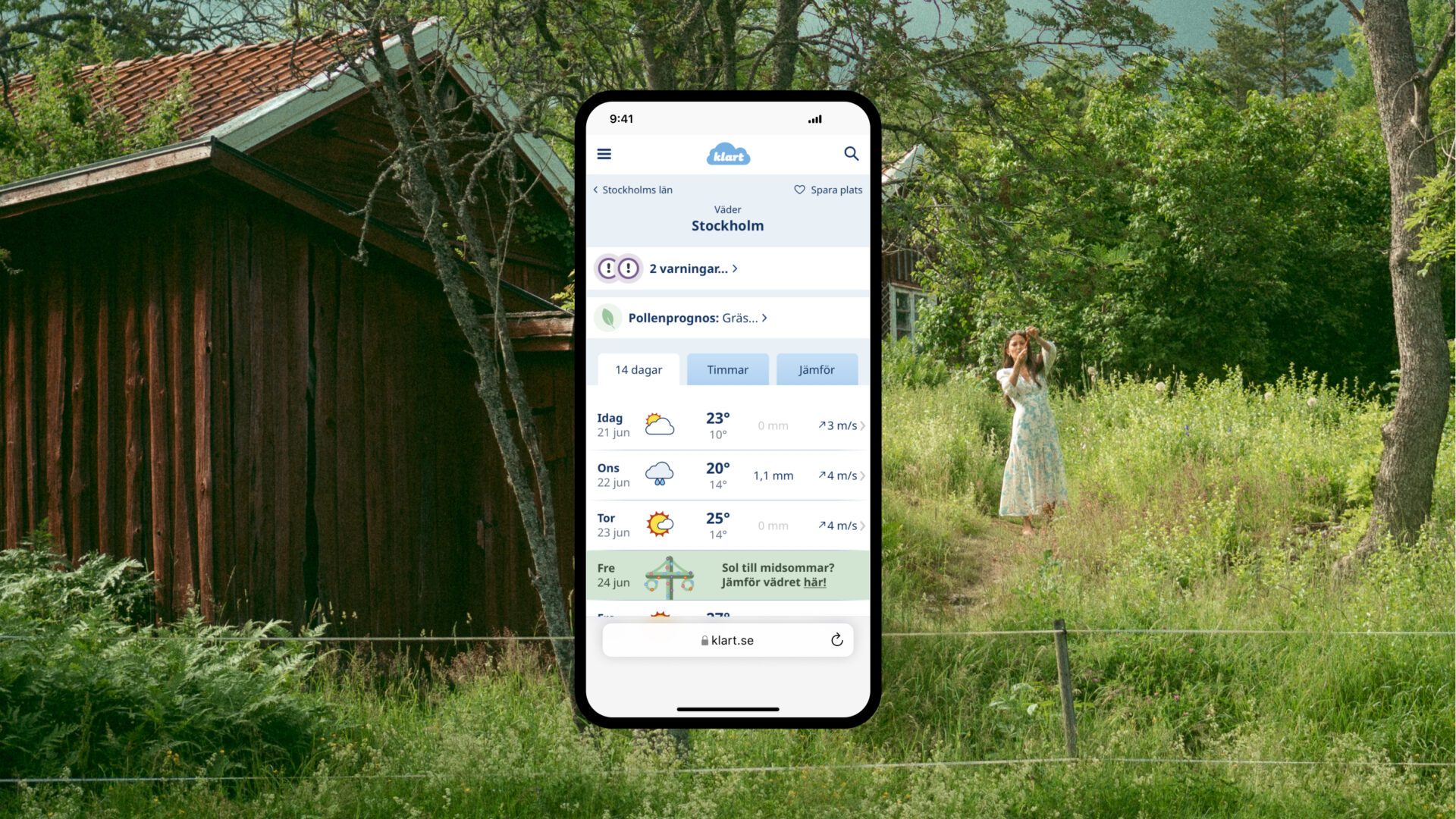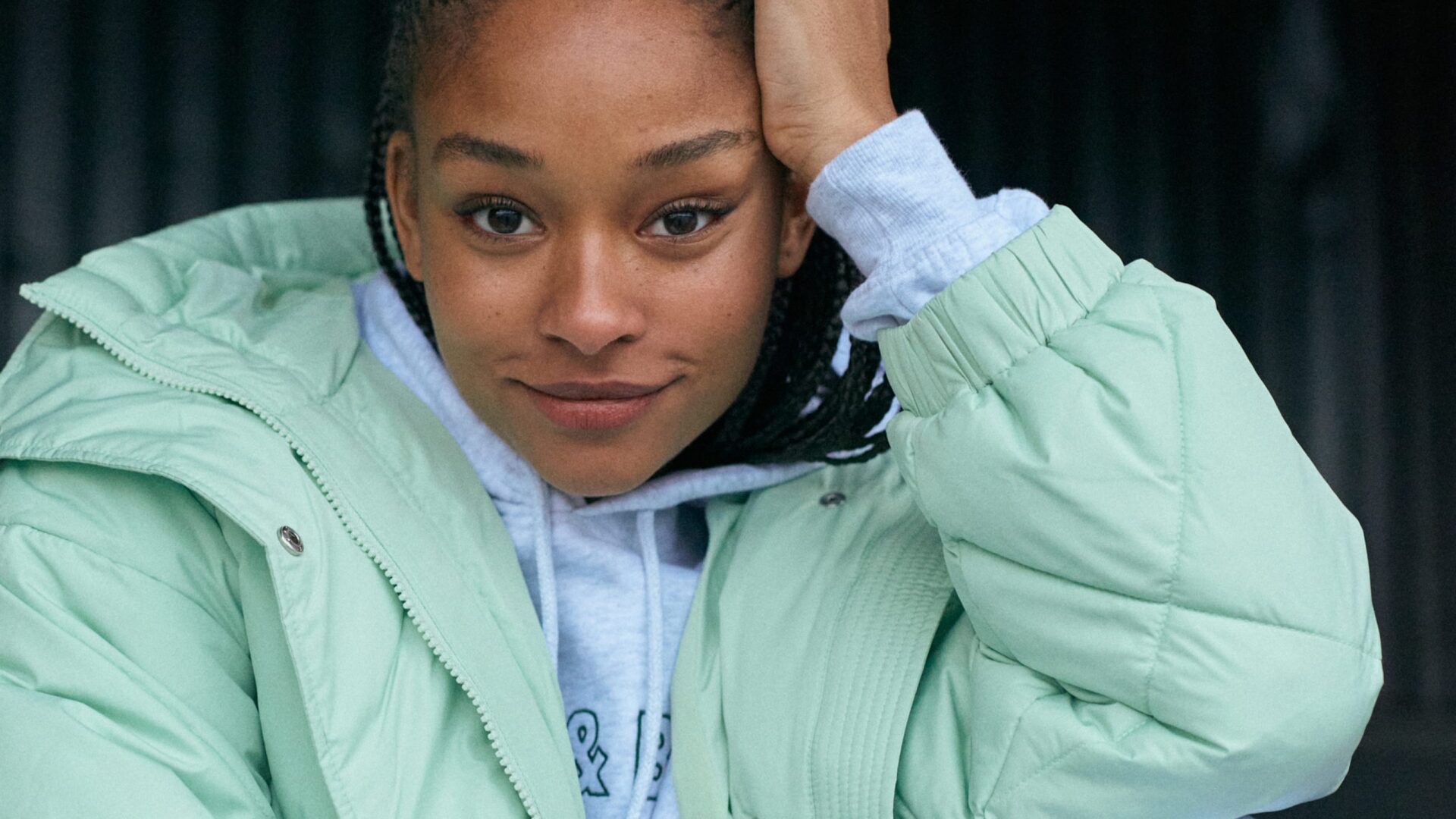
How to write a design brief – and why you should have one
Sometimes I get asked about doing a logo, a website or design for an app and I get so excited about the work and get a good feeling about the customer that I totally forget to ask for a creative or design brief for the project.
Often it can work anyway but there have been some occasions when things have gone wrong.
It might be that the expectations from the customer isn’t communicated or that what is to be done is not aligned with the budget set.
You might think everyone involved is experienced in buying creative work but it might be their first time doing it. Or the first time with this kind of project.
By having a brief at hand you should get a better start for the project.
Writing a design brief leads to a higher success rate
By requiring a brief before starting a project or even giving an estimate you make sure the customer gets what they want to a low cost and in the time set and at the same time avoid unnecessary friction in the project and a higher likeliness that the project is a success.
If the client don’t give you a brief you can try writing your own brief and send it to them for acceptance. A back brief or briefback.
“Writing a good brief is making your future self a favor”
Unknown smarty pants
Even if you are doing a project for yourself or your own company a brief can be good to summarize your thoughts and clear up things that you haven’t thought through properly.
So don’t skip the brief.
How to write a creative brief
Depending on the project there can be different elements but these are some of the basic and more common things you can put in a brief:
Title
Your project or assignment needs a descriptive name.
Project summary
Think of it as an elevator pitch. This is a written description of the whole project. Often this can be copy pasted from the project request or summarized from your first meeting with the customer.
Background information and research
Besides the project summary there can be more information that needs to be communicated in some way. It might be internal processes. Earlier failed attempts at reaching the goal or research that has been done by you or someone else.
This could also include competitor information. Things you want to avoid doing or be similar to. Or more descriptive things like look and feel.
Target audience
Who are you targeting with your project? The more specific you can be here the better. “Everyone” might be your secret dream target but to do a design or creative solution for “everyone” is not good in a brief.
By specifying the target for your project it’s easier to put yourself in the shoes of the end user/customer and do some really good work.
Deliverables
What are you actually going to deliver during the project. This might not be completely known from the start or it might be very detailed including file formats and resolution of graphics.
This can also include guidelines that you need to adhere to and dependencies on external people or different phases of the project.
Also include number of alternatives the clients needs to see if that is important for making a decision.
Technical requirements
If the project is more technical in nature (which most are today) it can be good to specify technical requirements like programming language, material used, browsers supported, operating systems targeted or if the app needs to work offline.
Project goal
What should be the end result of the project? Maybe it’s something that is possible to measure as a KPI (Key Performance Indicator) or just an overall feeling. But the best thing is to follow something like the S.M.A.R.T goal framework:
- Be specific. Set firm numbers and percentages.
- Measurable. Progress supported by data.
- Agreed upon. Something everyone agrees on.
- Realistic. Goals can be ambitious but they need to be somewhat attainable.
- Time-based. Set a deadline and preferably some milestones.
Process and timeline
Set a start date and end date. If its a simple project this could be just a number of meetings planned and the deadline for the whole project. If its a more complicated project with more dependencies it can include lots of steps and multiple people in different parts of the project.
It can be good to require certain steps to be approved by the client before starting the next phase of the project so it is clear that any delay from the client also delays the whole timeline.
Also if there is a fixed launch date for something make sure to add some slack at the end for fixing things, testing and rounding any delays that show up in the project.
People involved
If its a small project this can be skipped but if the project involves a lot of people or even multiple companies or organisations it can be good to list those involved and their responsibilities.
Budget
For some the most important part except the goal. Specify what the budget is and make sure its realistically aligned with the goal and deliverables. If the budget is tight you might need to cut down on the ambition or do some of the things later on.
The budget can be a suggested total cost, a fixed cost or even divided up for the different phases to convey the ambition of the different parts of the project.
Tips to make your brief effective
- Keep it clear and simple
- Make sure you and your client understand everything stated in the brief the same way
- Make sure there’s a coherence between all the elements in the brief
- Learn from previous experiences
If you want to kick start your brief I have created a Free Design Brief Template that you can use as you like.
Don’t forget to set some time to go through the brief in person to avoid any misunderstandings. Also don’t forget that There is no such thing as too many questions.
Good luck with your brief!


